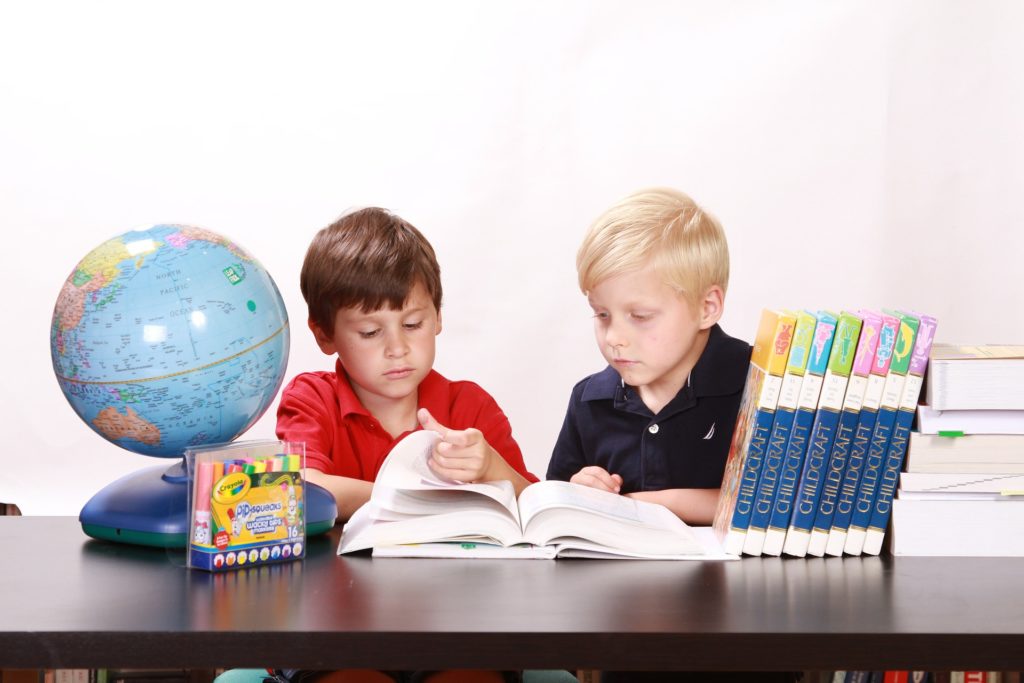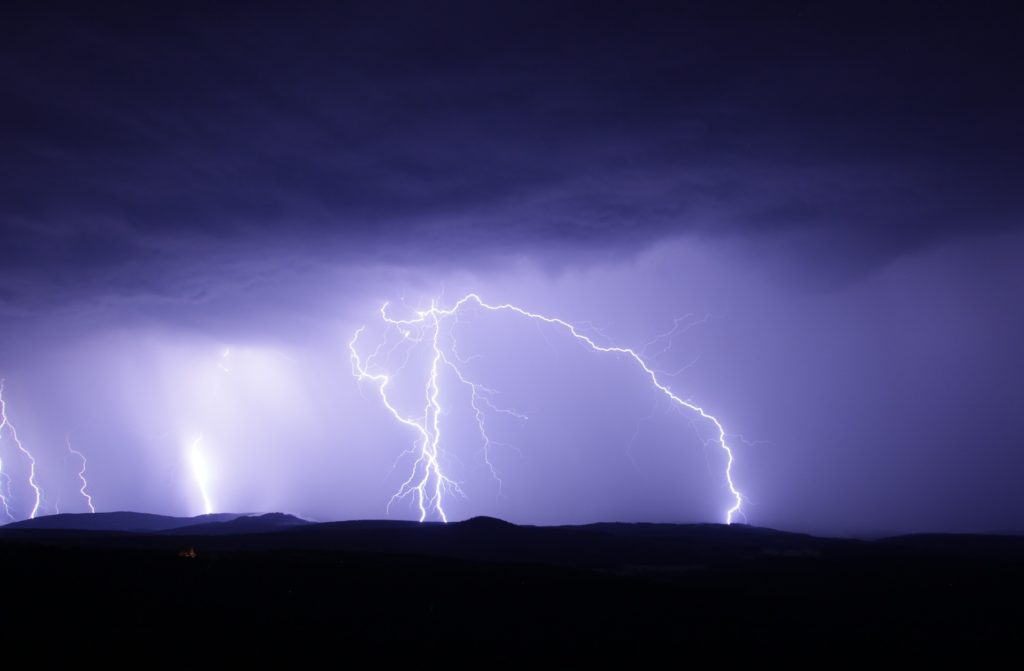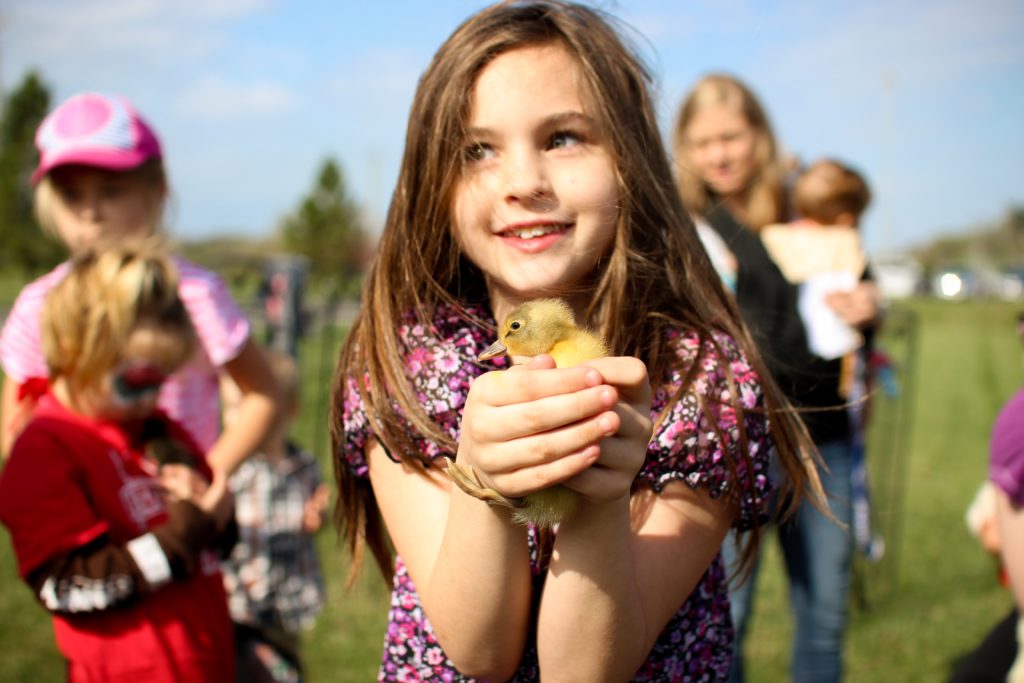Year 4 Junior School – Juniors
This is the final year of Lower Key Stage 2. By the end of year 4, children will need to be ready for the SATs programme which starts in Year 5. So they will need to gain the skills listed below.
When children move to Year 5, they will enter Upper Key Stage 2 and start preparing for the SATs. Therefore, Year 4 is in preparation for this.
The grades achieved at the end of Year 4 tests, will pave the way for the following SATs years.
Peer pressure is high in year 4 and a competitive streak well-developed. Children will need a lot of support to get through this year – not because they cannot do the work, but because their sensitivity is much more heightened. They will start to fear everything and may suddenly develop an irrational lack of confidence. They will want much reassurance that everything is going to be all right.
If you have a very confident child, they may not feel as bad, but very few children that take these tests do so with no apprehension. During this period, you may suddenly realise how much your little baby has grown.
What a child should know by the end of year 4 in Literacy:
In English, a Year 4 child will work with a greater range of text, including poems and playscripts. They will also focus more on predictions and things going on in stories and try to make more inferences. They will need to know apostrophes, commas and key spellings. There will be a greater push for them to improve their handwriting and to earn a ‘pen licence’, so writing neatness will be key, as will the presentation of their work.
Although, most children will be nervous about their tests at the end of this year, they will be encouraged to think for themselves and become more independent. They will therefore grow in confidence in their abilities.

During Year 4, children will study the following topics:
- Write articles for newspapers, historical stories, poems based on common themes, such as family, feelings, animals, school, points of view
- Use noun phrases, expanded noun phrases in descriptions
- Write in paragraphs
- Use speech mark for dialogue in text
- Correctly use apostrophes for belonging
- Use sequencing of time, such as: meanwhile; from then on; where
- Use more powerful descriptions, for example; the horse galloped, instead of the horse went…
- Write an argument, showing clear points leading to a conclusion
- Use suffixes; -ly, -ful, -less
- Recognise suffixes; -ary, -ic, -ship, -hood, -ness, -ment, -ify
- Understand different types of stories; horror, scientific, everyday and understand how they are targeted at different audiences
- Understand the use of chapters
- Use language descriptively to illustrate scenes
- Understand degrees of intensity to make writing interesting, for example; -ish, -er and -est for smallish, smaller, smallest and hot, warm, tepid, lukewarm, chilly, cold, also very, more, most
- Create moods, add emotions, and describe attitudes of characters in stories, be more expressive
- Use apostrophes showing possession, for example, a man’s hat, the girl’s book
- Understand double meanings in homophones; peace/piece, plane/plain, they’re/their/there
- Understand ending changes in suffixes; hope/hopeful/hopeless, proud/proudly
- Write stories with different endings
- Formulate arguments; if….then….but on the other hand….. finally…..so to conclude…
- Understand its, it is, it’s
- Understand the production of leaflets, how they are designed
- Write advertising text to grab attention
- Spellings ending in –able, -ive, -tion, sion.
- Be able to use all punctuation, including, semi-colons, colons, dashes, hyphens, speech marks
- Revise work from the previous year
What a child should know by the end of Year 4 in Numeracy:
In Year 4, your child will be learning to add and subtract numbers with up to four digits using column addition and subtraction. They will need to learn their times tables, so that by the end of the year, they are confident in all of them up to the 12 times tables. Children will then be able to move onto multiplying three-digit numbers by single digits.
- Use the symbols less than (<), greater than (>) and equals (=) correctly
- Add and subtract mentally, pairs of 2 digit numbers
- Know all the 2, 3, 4, 5, 6,7,8,9, 10, 11 and 12 times tables
- Understand fractions and how they are parts of a whole
- Add and subtract two digit numbers from 1000 in columns
- Round numbers less than 1000 to the nearest 10 or 100
- Understand how division relates to 2, 3, 4, 5 and 10 times tables
Divide numbers that produce remainders - Decimals
- 12 and 24 hour clock
- Understand right angles, and whether or not shapes are regular, irregular and have lines of symmetry and are polygons
- Areas, perimeters
- Angles
- Co-ordinates
- Bar charts
- Line graphs
- Solve mental problems

What a child should know by the end of year 4 in Science:
In Science, Year 4 are expected to learn about living things, their habitats, plants, animals (including humans) and uses of everyday materials.
During Year 4, children will study the following topics:
- Living things, including classification of living things and looking at changes to environments. how animals need shelter and plants and other animals to eat
- Learn about habitats,
- How humans grow and change through life
- Learn about skeletons and muscles
- Construct the skeleton of a beast
- View bones of a human, gorilla and a baboon
- Discover bones beneath different parts of the body and compare the skeletons of humans to that of other creatures
- Research using the Internet
- Animals including human eating: teeth, the digestive system and food chains.
- Electricity
- States of matter, including grouping materials, changing state, evaporation and condensation,
- What are solids and liquids and gases?
- How can solids and liquids be separated?
- Observe how solids and liquids look under a microscope
- Learn about bar graphs
- Collect information on minibeasts, such as insects etc.
- Investigate temperature and how it is a measure of hot and cold
- Identify thermal insulators; what are their properties?
- How friction changes on different surfaces
- Creation of sound through vibration and changes in pitch and volume.
- Learn about circuits, conductors and insulators
- Explore electricity and its components
How can I help my child in Year 4?
Although, most children are good readers by Year 4, it is still important for them to listen to others reading to them. This is because by this age they are reading higher level text and need to understand the vocabulary at a deeper level. So still reading to your child helps them learn new words and the context they are used in.
To support your child so that they are ready by the end of Year 4 focus on:
When you listen to your child read, there are a number of things to remember:
- Act out scenes to help them understand from other perspectives, change your voice for different characters and role play how they would feel, such as happy, sad, scared and so on.
- Ask questions about the text, the characters, the plot, the setting, the style of writing, the words.
- Read a wide range of writing – including: newspapers, magazines, cereal packets, leaflets and so on.
- Show your child how to use dictionaries and encyclopaedias.
- Set an example, read and write yourself, so your child can copy.
- Listen to them read and check their understanding by asking questions about the text they’ve read.
- Help them to learn all their times tables
- Help them to tell the time on digital and analogue clocks
